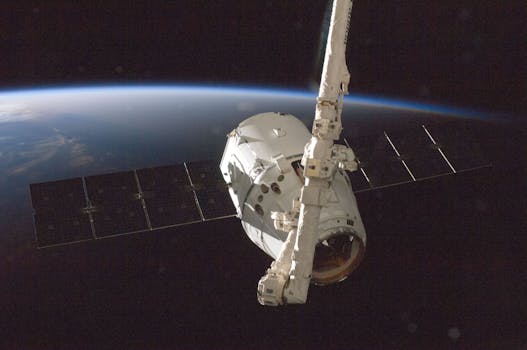
LEO Satellites: The Future of Global Connectivity
LEO satellites, or Low Earth Orbit satellites, are a type of satellite that orbits the Earth at an altitude of approximately 160 to 2,000 kilometers. The Focus Keyword LEO satellites are revolutionizing the way we communicate and access data. With their ability to provide high-speed, low-latency connectivity, LEO satellites are transforming industries and improving lives around the world.
The use of LEO satellites dates back to the 1960s, but it wasn’t until recent years that their potential for providing global connectivity was fully realized. Companies like SpaceX, Amazon, and OneWeb are leading the charge in developing constellations of LEO satellites that can provide internet access to remote and underserved communities.
Applications of LEO Satellites
LEO satellites have a wide range of applications, from providing internet access to remote communities to supporting scientific research and exploration. Some of the key applications of LEO satellites include:
Providing high-speed, low-latency internet access to remote and underserved communities. This can help bridge the digital divide and provide opportunities for economic development and education.
Supporting scientific research and exploration. LEO satellites can be used to study the Earth’s climate, monitor natural disasters, and provide data for weather forecasting.
Enabling real-time communication and data transfer for emergency response and disaster relief. LEO satellites can provide critical connectivity during natural disasters and other crises.
Benefits of LEO Satellites
LEO satellites offer several benefits over traditional geostationary satellites, including:
Lower latency: LEO satellites have a much shorter distance to travel to reach the Earth, resulting in lower latency and faster data transfer.
Higher throughput: LEO satellites can provide higher data transfer rates than traditional satellites, making them ideal for applications that require high-speed connectivity.
Improved security: LEO satellites are less vulnerable to interference and jamming, making them a more secure option for sensitive communications.
Future Developments and Challenges
As the use of LEO satellites continues to grow, there are several future developments and challenges that need to be addressed. Some of the key issues include:
Regulatory frameworks: There is a need for clear regulatory frameworks to govern the use of LEO satellites and ensure that they are used in a way that is safe and sustainable.
Space debris: The increasing number of LEO satellites in orbit is raising concerns about space debris and the potential for collisions.
Interference: LEO satellites can interfere with other satellite systems and terrestrial networks, highlighting the need for careful planning and coordination.



